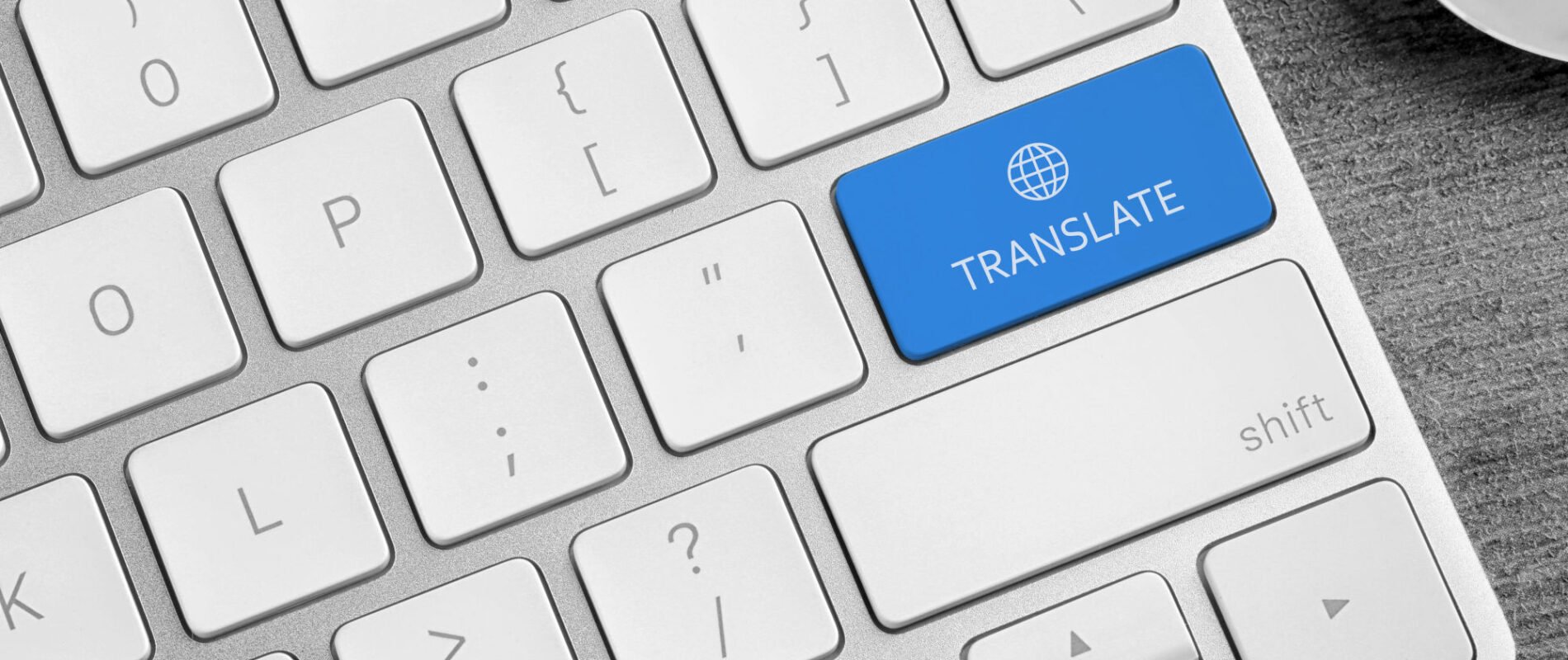In today’s interconnected world, protecting intellectual property (IP) across borders is a priority for businesses. For Chinese companies seeking to file patents in Spanish-speaking countries, accurate translation of patent documents is critical to ensure legal protection. However, the specialized nature of patent translation often comes with a hefty price tag, with costs ranging from $0.30 to $0.50 per word for Chinese-to-Spanish translations (Clarivate). Fortunately, clients can take practical steps to reduce these costs by up to 15% through do-it-yourself (DIY) translation preparation. By providing a glossary of terms and ensuring the original patent text is clearly structured, clients can streamline the translation process, saving time and money without compromising quality.
Patent translation is a complex task that requires translators to have expertise in both the source and target languages, as well as knowledge of legal and technical domains. Patents are filled with specialized terminology and precise legal phrasing, where even minor errors can lead to misinterpretations, rejected applications, or legal disputes. The World Intellectual Property Organization (WIPO) estimates that companies spend approximately $1 billion annually on patent translation, highlighting its significance in global IP management (Clarivate). For Chinese-to-Spanish translations, the high demand for skilled translators and the linguistic complexity of both languages contribute to elevated costs.
While professional translators are essential for accuracy, clients can play an active role in reducing costs by preparing materials that make the translation process more efficient. Two effective strategies are providing a glossary and structuring the original patent text clearly. These steps minimize the time translators spend on research and clarification, directly impacting the overall cost.
Providing a Glossary
A glossary is a curated list of key terms from the patent, along with their preferred translations into Spanish. This tool is invaluable for ensuring consistency and accuracy in the translated document.
Patents often use repetitive technical terms, such as “semiconductor” or “hydraulic valve.” A glossary ensures these terms are translated uniformly, which is critical for legal documents where consistency defines the scope of protection (Localize Articles). Consequently, by establishing standardized translations, a glossary not only enhances accuracy but also streamlines the translation process.
Additionally, by providing pre-approved translations, clients eliminate the need for translators to research terms or consult with the client for clarification. As a result, this preparation can reduce translation time by 10-20%, significantly lowering costs without compromising quality (Translation Empire).
Moreover, a glossary minimizes the risk of incorrect translations, which could otherwise lead to costly revisions or legal issues. This proactive approach ensures that the translated patent maintains its legal integrity, safeguarding clients from potential disputes or delays.
Creating a glossary is straightforward. Clients can collaborate with their technical teams to identify key terms and their Spanish equivalents, or consult with translation agencies for guidance. For example, a patent for a renewable energy device might include terms like “solar panel” (panel solar) or “energy storage” (almacenamiento de energía).
Structuring the Original Text Clearly
The structure and clarity of the original patent document significantly affect the translation process. A well-organized document allows translators to work more efficiently, reducing the time spent navigating complex or ambiguous text. Here are practical tips for structuring the patent:
Use Logical Sections and Headings: Divide the patent into clear sections, such as “Background,” “Claims,” and “Description,” with descriptive headings. This helps translators quickly understand the document’s structure and context (Seprotec).
Write Concisely: Avoid unnecessary or redundant text. For example, instead of including lengthy explanations unrelated to the invention, focus on essential details. Concise documents are faster to translate and less prone to errors.
Use Precise Language: Avoid vague or ambiguous phrases. For instance, instead of writing “the device has a component that moves,” specify “the device includes a rotor that spins at 500 RPM.” Precise language reduces the need for translators to interpret meaning.
Standardize Terminology: Use consistent terms throughout the document to avoid confusion. Standardized terminology also strengthens the patent’s legal clarity (Questel).
By implementing these practices, clients can make their patents more translator-friendly, potentially reducing translation time by up to 5-10%.
Reducing Chinese-to-Spanish patent translation costs by 15% is achievable through simple, proactive preparation. By providing a glossary and ensuring the original patent text is clearly structured, clients can streamline the translation process, saving time and money while maintaining the accuracy required for legal and technical documents. These DIY strategies empower businesses to manage their IP budgets more effectively, making global expansion more affordable. As the demand for patent translations continues to grow, adopting these practices will become an essential skill for companies navigating international markets.
Choose Artlangs Translation for your Chinese-to-Spanish patent needs. Our expert linguists deliver precise, cost-effective translations tailored to your IP requirements. Contact us today for seamless global patent protection!











